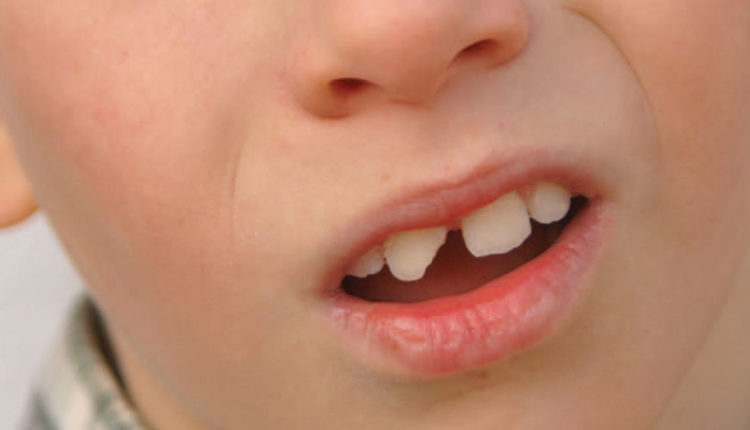In recent years, there has been a concerning trend of parents taking their children to the emergency room for dental issues. While the desire to seek quick and effective care is understandable, it is crucial to understand that the emergency room may not always be the best option for dental problems. Here’s why:
The Growing Trend and Statistics
The American Dental Association reports a significant increase in emergency room visits for dental issues, with an estimated 2.2 million patients seeking care annually. This trend highlights the need for better education on where to seek appropriate dental treatment.
When to Visit the Emergency Room
In cases of severe emergencies like a broken jaw or profuse bleeding from the mouth, the emergency room is the right choice. However, for common dental problems such as toothaches, broken teeth, or decay, visiting a dental office is more beneficial. Dental offices are equipped with specialized tools and knowledgeable staff dedicated to providing efficient and effective care.
Reasons Behind Choosing the Emergency Room
Many parents opt for the emergency room due to the perceived advantage of going to a larger health facility such as a hospital. As a dentist who is on staff at RVH, I can tell you that the hospital has very few if any facilities that allow for provision of dental care in the emergency room. Additionally, long wait times in emergency rooms can further delay treatment.
Importance of Regular Dental Visits
Preventive care through regular dental visits is key to maintaining good oral health and avoiding costly emergency room visits. Neglecting dental care can lead to more severe issues that may require emergency intervention. Early detection and treatment by a professional dental team can prevent emergencies.
Choose Quality Care
Our dental office is committed to providing excellent, affordable care promptly. With a skilled dentist and specialized tools, we offer comprehensive dental services tailored to your needs. Scheduling regular visits with us ensures proactive maintenance of your oral health and minimizes the risk of emergencies.
In conclusion, while the allure of quick fixes in emergency rooms may seem appealing, choosing the right care for dental issues is essential for long-term oral health and cost-effectiveness. Prioritizing regular visits to a dental office can prevent emergencies and ensure optimal care for you and your family’s oral health needs. Contact our office today to schedule your next visit and take proactive steps towards a healthy smile!



